If you or someone you know is in an emergency, call The National Suicide Prevention Lifeline at 800-273-TALK (8255) or call 911 immediately.
Suicide is a growing public health crisis with limited treatment options.1 A 2020 survey by the Centers for Disease Control & Prevention revealed more than one in ten respondents said they had “seriously considered” suicide in the past 30 days. For those ages 18 to 24, the number was a shocking 1 in 4.2
Creating Awareness
Use these facts and other resources, to encourage discussions with your community. Thoughts of suicide can be frightening. Not taking these kinds of thoughts seriously can have devastating outcomes. In a study published in the British Journal of Psychiatry, 83% of participants felt conscious of the stigma associated with mental illness and had difficulty seeking help. Only 54% of participants had discussed their suicidal thoughts with their family, peers, and/or spouses. Participating in conversations about mental health is important and may help improve attitudes, increase the willingness to help others, and ultimately remove the stigma associated with mental health & suicide.
| Individual Impact: | Community Impact: |
|---|---|
| 78% of all people who die by suicide are male. | Annual prevalence of serious thoughts of suicide, by U.S. demographic group: |
| Although more women than men attempt suicide, men are nearly 4x more likely to die by suicide. | – 4.8% of all adults – 11.8% of young adults aged 18-25 – 18.8% of high school students – 46.8% of lesbian, gay, and bisexual high school students |
| Suicide is the 2nd leading cause of death among people aged 10–34 and the 10th leading cause of death overall in the U.S. | Some of the highest rates of suicide in the U.S. are among American Indian/Alaska Native and non-Hispanic white communities. |
| The overall suicide rate in the U.S. has increased by 35% since 1999. | Lesbian, gay and bisexual youth are 4x more likely to attempt suicide than straight youth. |
| 46% of people who die by suicide had a diagnosed mental health condition. | Transgender adults are nearly 12x more likely to attempt suicide than the general population. |
| While nearly half of individuals who die by suicide have a diagnosed mental health condition, research shows that 90% experienced symptoms. | Suicide is the leading cause of death for people held in local jails. |
Treatment guidelines recommend Prozac (fluoxetine), Celexa (citalopram), and Zoloft (sertraline) as first-line treatments for moderate to severe depression, but they take weeks to work and sometimes yield only modest improvement. Fewer than half of all patients feel any relief at all from typical first-line medications and, while there is an alarming increase in suicidality among young people, some studies show little benefit from first-line medications in adolescents. All first-line antidepressants carry a boxed warning of an actual increased risk of suicide.
Ketamine IV Offers Rapid Relief from Suicidal Thoughts
Ketamine and suicidality – Research-backed
Scores of studies published in the medical literature have demonstrated the remarkable effects of ketamine in the treatment of suicidal patients. One study in The American Journal of Psychiatry shows a single dose of ketamine rapidly reduced suicidal thoughts, within 24 hours and for up to 1 week in depressed patients.1 The anti-suicidal effect of ketamine in depressed patients occurs rapidly and significantly in many patients and how long the effect lasts can vary. Most studies report the effects from a single dose lasting typically about one week but data suggest that a single dose of IV ketamine will not be sufficient for long-lasting relief in most patients because the suicidality can be persistent and recurrent. A study of patients receiving a course of several IV ketamine infusions over several days found: “rapidly and robustly decreased suicidal ideation in patients with treatment-resistant depression. In some patients, this decrease was maintained for at least 3 months following the final ketamine infusion.” 3 Sustained results are more likely with a comprehensive follow-up support plan in place.
Ketamine’s anti-suicidal effect appears to come from its unique ability to work in several different ways at the same time. Research continues to uncover the exact mechanism of ketamine. In the process, this research is helping us make significant new strides towards understanding more about depression and suicidality itself.
Ketamine Wellness Centers working with veterans and first responders
In 2018 (the last year for which data are currently available) the total number of Veteran suicide deaths was tragically 6,435. While the total number of veterans had decreased, the average number of Veteran suicides each day had risen to 17.6.
At Ketamine Wellness Centers we feel a special debt of gratitude to our veterans and first responders. Many on our care teams are themselves veterans and first responders which puts them in a unique position to truly understand many of the challenges involved. To honor this special group of people we have created a unique Heroes’ Program
There is hope, there is help.
References
1Wilkinson ST, Ballard ED, et al The Effect of a Single Dose of Intravenous Ketamine on Suicidal Ideation: A Systematic Review and Individual Participant Data Meta-Analysis. Am J Psychiatry. 2018 Feb 2Czeisler MÉ , Lane RI, Petrosky E, et al. Mental Health, Substance Use, and Suicidal Ideation During the COVID-19 Pandemic — United States, June 24–30, 2020. MMWR Morb Mortal Wkly Rep 2020;69:1049–1057. 3 Ionescu DF, Swee MB, et al. Rapid and Sustained Reductions in Current Suicidal Ideation Following Repeated Doses of Intravenous Ketamine: Secondary Analysis of an Open-Label Study. J Clin Psychiatry. 2016 Jun 4 Dadiomov, David, and Kelly Lee. “The effects of ketamine on suicidality across various formulations and study settings.” The mental health clinician vol. 9,1 48-60. 4 Jan. 2019 5 Carboni, Ezio et al. “Repurposing Ketamine in Depression and Related Disorders: Can This Enigmatic Drug Achieve Success?.” Frontiers in neuroscience vol. 15 657714. 30 Apr. 2021 6 Kim S, Rush BS, Rice TR. A systematic review of therapeutic ketamine use in children and adolescents with treatment-resistant mood disorders. Eur Child Adolesc Psychiatry. 2020 May 8.





